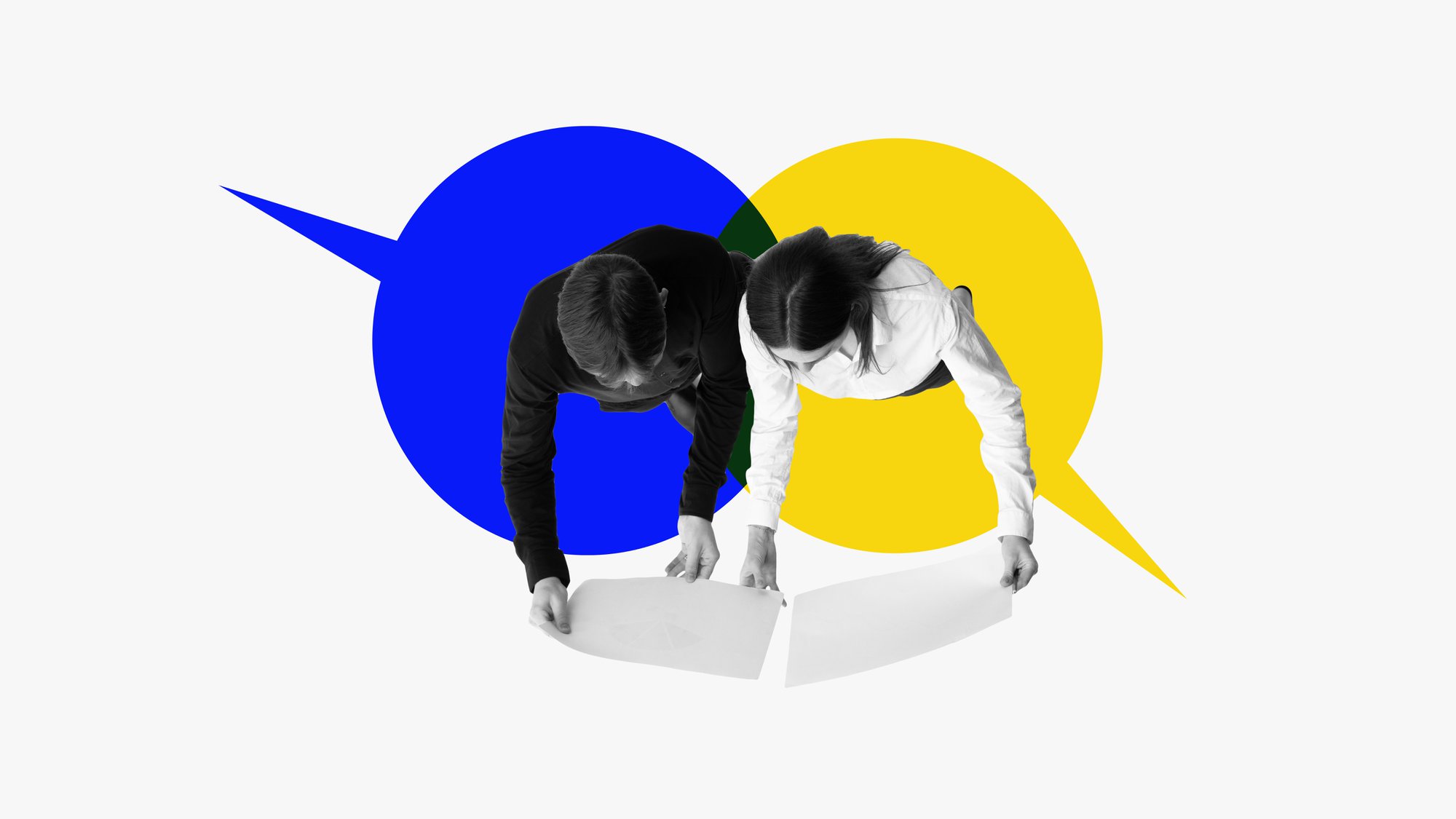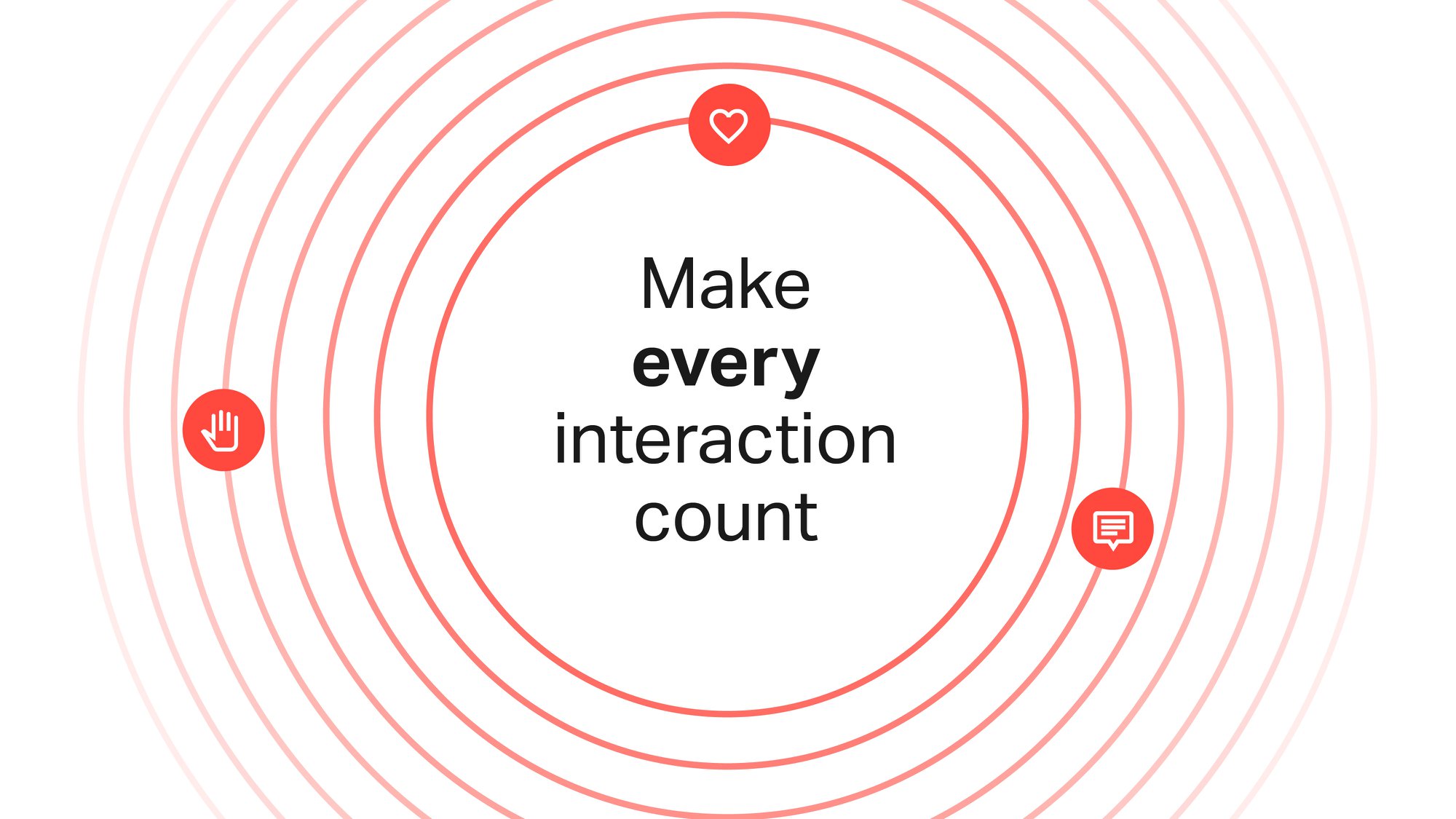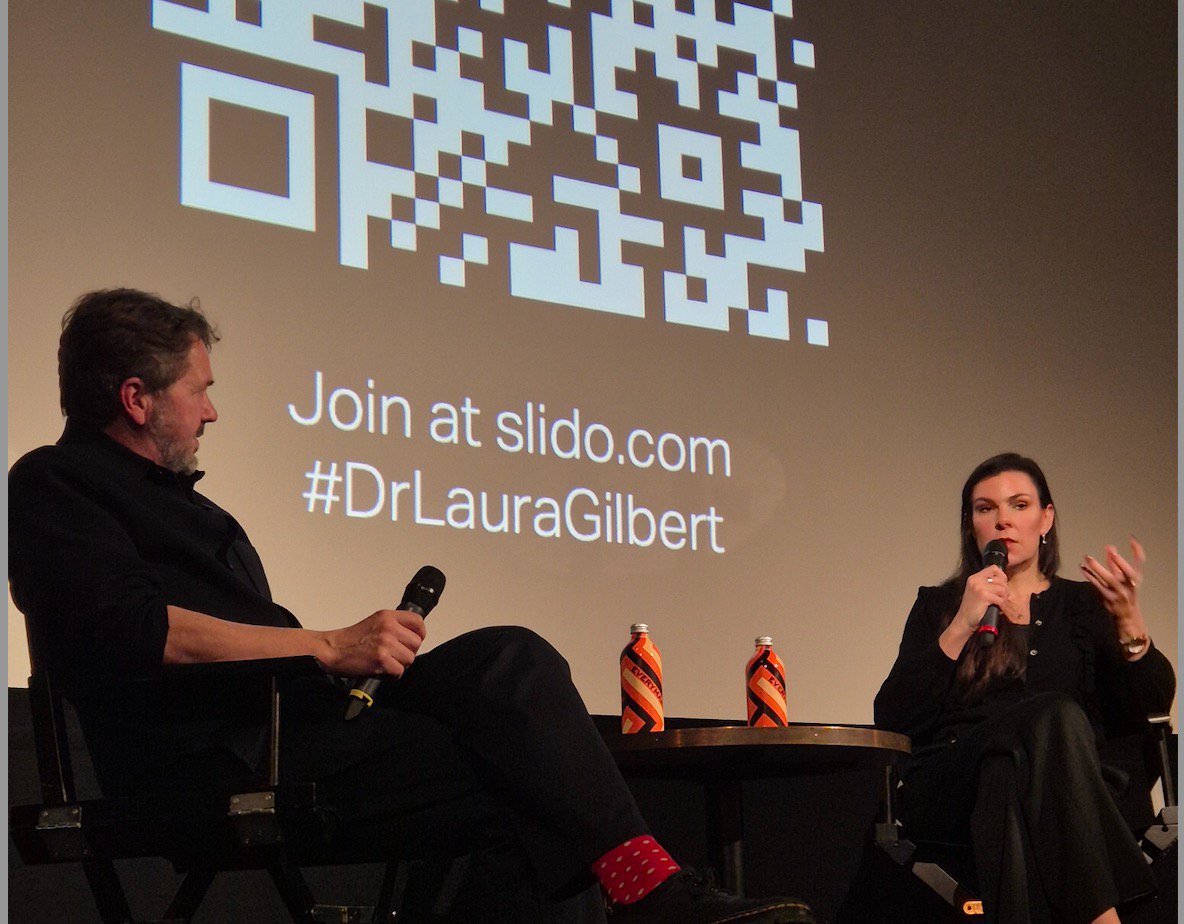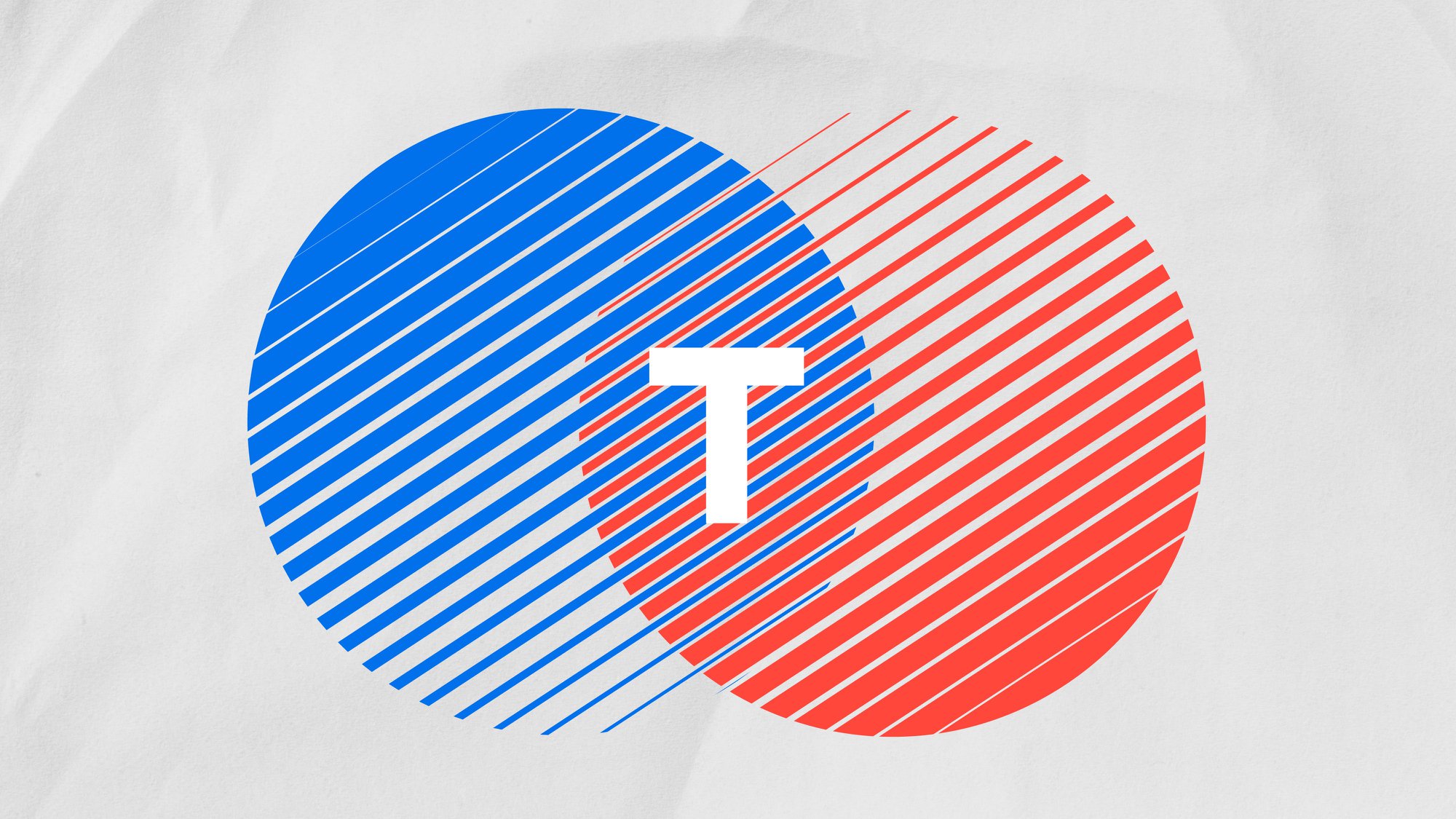How Brands Can Start Having Conversations About Sustainability

The marketing and communication of sustainability and models like Doughnut Economics has never been more important. Brands have an important role to play in changing the mindsets of customers and employees.
Let me begin with a question: What does it mean to thrive in the 21st century? Not just to survive, but to create a world where both people and the planet can flourish.
That question lies at the heart of Doughnut Economics, a framework that’s gaining momentum across the globe as we grapple with interconnected crises — from climate breakdown to economic inequality.
The traditional economic models that have shaped our modern world are now proving to be woefully inadequate. They measure progress in GDP growth, but they fail to account for the environmental degradation and social harm that growth often leaves in its wake.
And those models are failing even in economic terms. World debt stands at over $72,000,000,000,000. Since you started reading this blog post the world has accrued another $5,000,000 worth of debt in interest. All the markers for major nations are off the scale. And as debt goes the wrong way, so do the markers for the Sustainable Development Goals.
So, what should we counting? And more importantly, why should we keep count? Something needs to change.
And change requires us to have challenging conversations with customers, and within organisations, about what this could mean for traditional models based on maximising profit at all costs.
Doughnut Economics offers us a new lens — a way to rethink our priorities and redesign systems for a regenerative and distributive economy.
The concept, developed by Kate Raworth, is simple and profound.
Imagine a doughnut – where the inner ring represents the social foundation — the essential elements every human being needs to live with dignity, such as food, health, and education. And the outer ring is the ecological ceiling — the limits of our planet’s ability to sustain life, such as clean air, water, and a stable climate.
Between these two rings lies the ‘safe and just space for humanity,’ where we meet everyone’s needs without overshooting the Earth’s resources. And Doughnut Economics provides a framework for how to make this a realty.
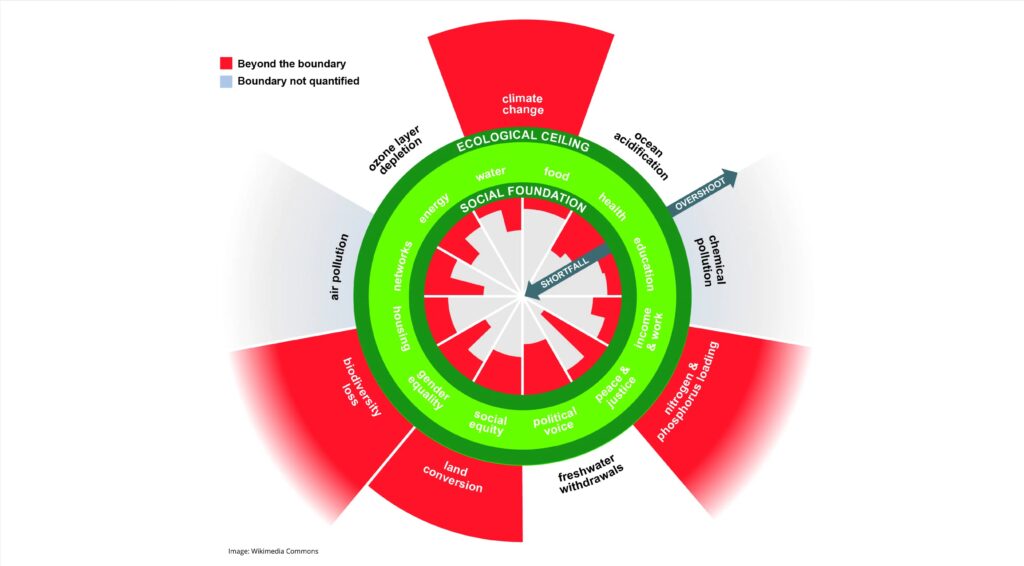
If you’ve not got time to read the book, then I’d suggest you do the following:
- Listen to Kate’s interview with Alistair Campbell and Rory Stewart on ‘The Rest is Leading’
- Read some of the real life stories of Doughnut Economics in action. The more stories we tell the more the model makes sense.
- Share this video, where Kate Raworth explains the Doughnut Economics principles
All this helps us start to have conversations.
And these difficult conversations take time. It’s where the work of the Doughnut Economics Action Lab, or DEAL, comes into play.
DEAL is a global initiative dedicated to turning these ideas into action. It provides the tools, resources, and connections for communities, cities, businesses, and policymakers to bring the Doughnut framework to life and foster the kind of systemic change that we desperately need.
Using the resources from DEAL will help you to start those conversations and build on them. As marketers and communicators our job is to win hearts and minds, and that is done slowly.
As our Applied Behavioural Scientist, Mark Hauser told me, ““Long-term, scare tactics don’t tend to work. In the short-term, they might make people think again, but action remains unlikely if the change involves psychological effort or cost. This is especially the case when faced with the consistent supply of bad news today’s media and social medial landscape provides – human beings simply become anaesthetised to the message. Worse still with scare tactics, a form of confirmation bias kicks in whereby we look for supportive evidence (whether real or fabricated) that we were right to not heed the warning. And nowadays, a social media trend/movement will often catalyse to ‘discredit’ any such warning.”
As Mark says in his latest blog, “The sustainability landscape is vast and complex, covering everything from climate change and biodiversity loss to social equity and economic resilience. Each of these areas is rich with research, statistics, expert opinions and… conflicting viewpoints. For the average person trying to make sense of it all, it can feel like drinking from a fire hose (not something I’d recommend!). It’s easier to switch off.”
For us at The Team it’s about focusing on the benefits of what it means to thrive. To demonstrate that shareholders can benefit from sustainable business; that employees can be rewarded from working in sustainable businesses; and that customers can feel fulfilled.
- Our work for Arcadis in positioning their sustainability strategy in 2022 is a prime example. The message focused on urgency: “It’s time.” But that was supported with benefit-led messages. “It’s time to make our cities healthier and cleaner.”
- Our work for Trees for Cities focused on how trees can breathe new life in minds; can make urban areas more attractive for working and living.
- Our reporting work now focuses heavily on holistic measures. We focus on exploring every measure that affects human success. Our work for ICAEW demonstrate how the organisation is growing members and also creating a fairer society.
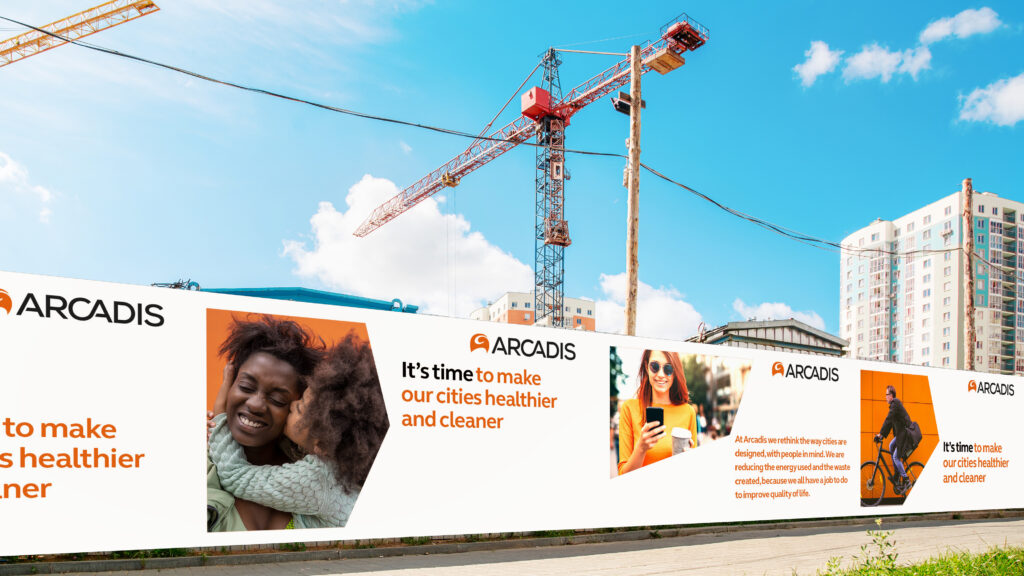
In each case our aim is to find the simple human truth that will elevate the sustainability message in the minds of customers or employees. We are seeking to give people a reason to act. We want to give sustainability a strong value proposition.
What can you do now?
- Start having conversations about long-term measures for your business. If necessary, recess sustainability and focus on people, planet and profit measures.
- Socialise Doughnut Economic materials. Don’t seek to implement the doughnut straight away. Instead focus on what you can learn from the model. Move purposefully but move with care.
- Find the simple human truth for sustainability in your business and look for benefit-led ways in which you can bring this to life for customers and employees
Or you can call us.
Find out how we think by downloading our sustainability guide now.


